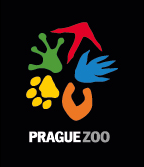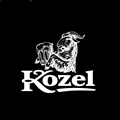Three groups of animmals

Mammals are a large group of animals to which we humans also belong. They all suckle their young. However, the manner in which they bring their young into the world takes three completely different forms. These are the monotremes, marsupials and placentals.
 Vombat (c) Pavel Procházka)
Vombat (c) Pavel Procházka)
FROM THE WELL-KNOWN TO THE BIZARRE
The monotremes of Australia and New Guinea lay eggs. They are represented by the platypus and several species of echidnas.
Marsupials give birth to “premature” young that complete their development whilst clinging to their mother’s teats, often in a pouch. Most of them are in Australia and the best known are the kangaroo, koala, wombat or the Tasmanian devil.
Placentals are the most numerous of mammals. These include most South American mammals and all mammals from Europe, mainland Asia, Africa and North America (with one exception – the Virginia opossum) – from the mouse to the elephant, from the sea lion to the gorilla. The unborn young are nourished in the mother’s body by the placenta via the umbilical cord.

ZOOPRAHA.CZ
Contacts
- The Prague zoological garden
U Trojskeho zamku 120/3
171 00 Praha 7
Phone.: (+420) 296 112 230 (public relations department)
e-mail: zoopraha@zoopraha.cz
Others








